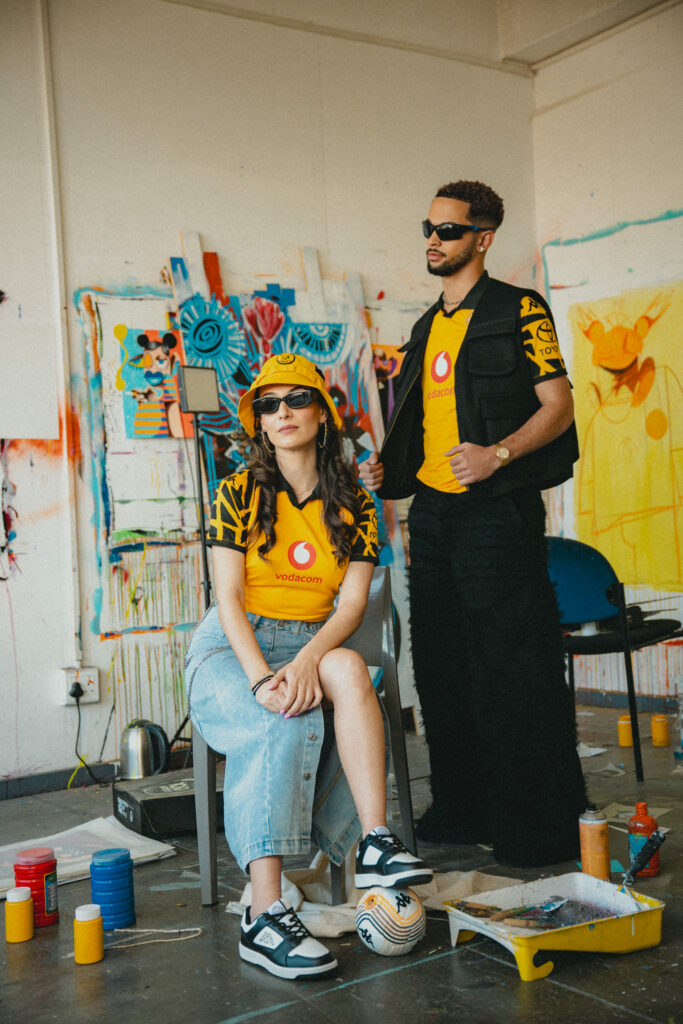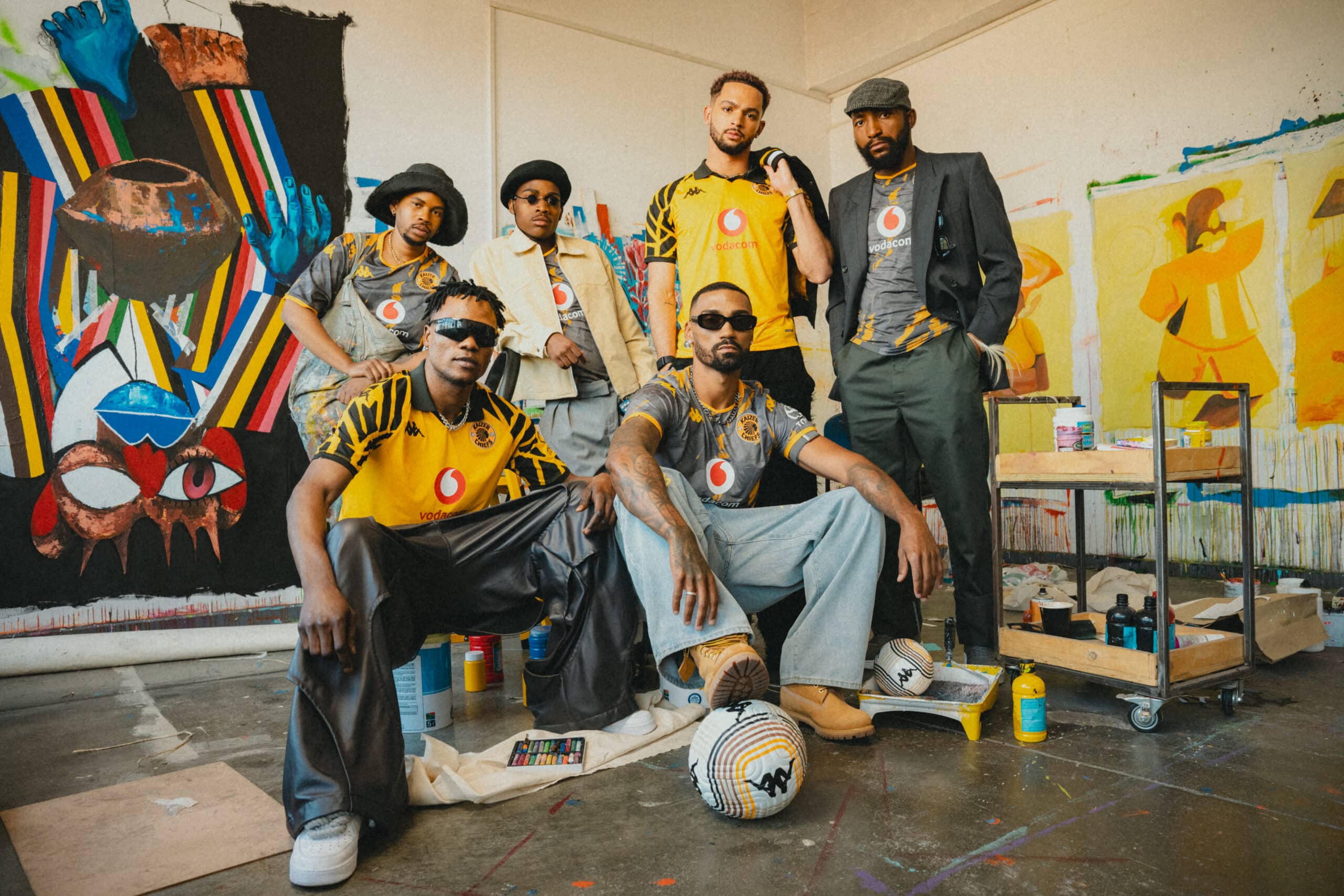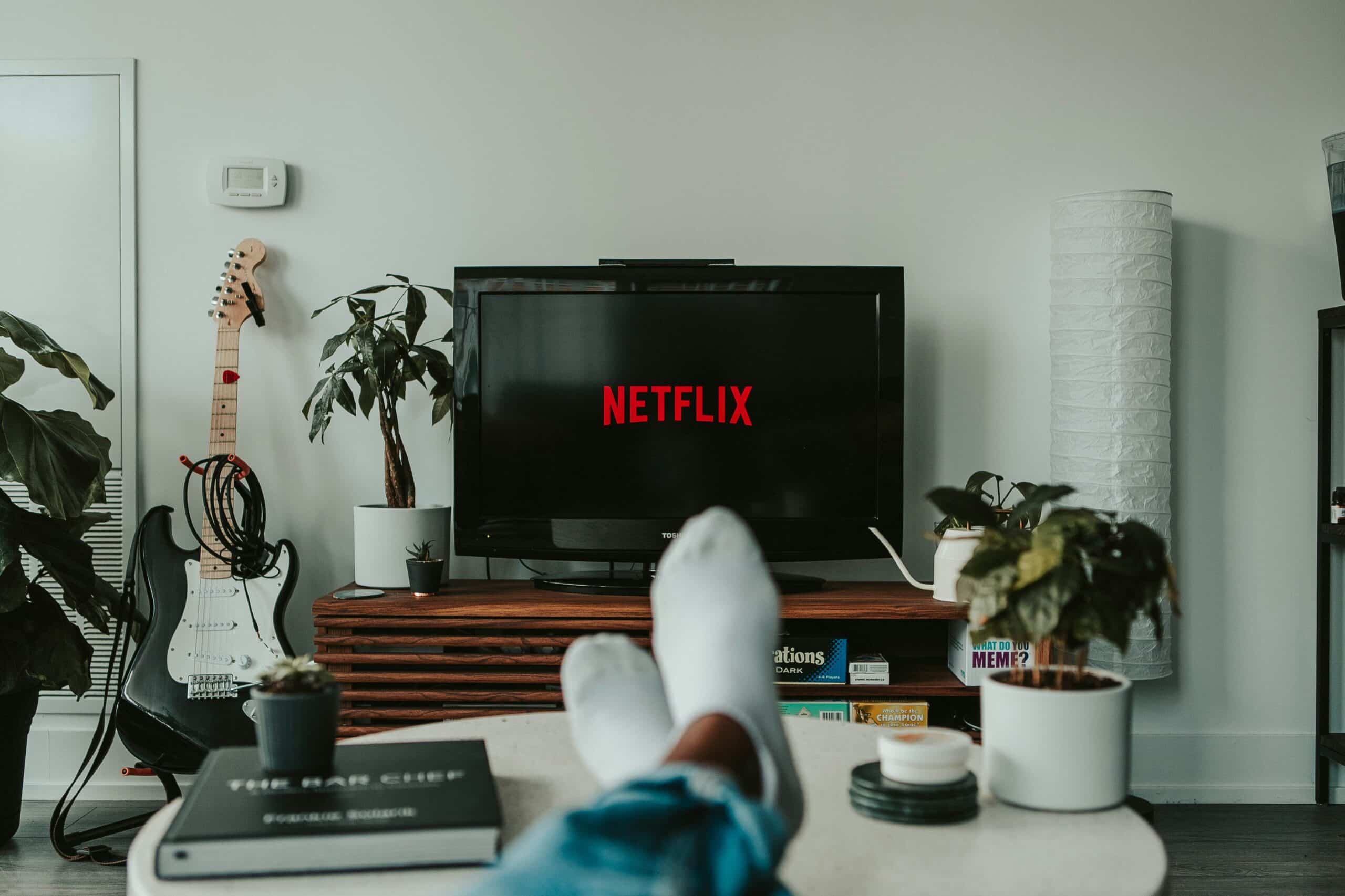In the realm of African football merchandising, Kaizer Chiefs stands head and shoulders above the rest. Widely estimated to have over 100 million supporters across Southern Africa and beyond, Chiefs has transformed their fan base into a powerful engine of jersey sales and brand visibility.
In the 2023/24 season, Chiefs’ switching to Kappa led to their jerseys outselling rivals like Orlando Pirates two‑to‑one, with retail prices averaging around $70 each, generating conservative annual revenues estimated between $3 and $9 million from merchandise alone.
This success is no accident. With strategic design collaborations, like the 2025 kits rooted in African art, robust online and retail distribution networks, including their digital store and Kappa outlets, and emotionally resonant branding cultivated over decades, Chiefs offers a blueprint for monetising club culture in Africa.
Their example proves that when clubs prioritise fan identity, invest in consistent media and e‑commerce presence, and form strong licensing partnerships, jersey merchandise becomes more than an attire; it becomes a tool for sustainable revenue.
Understanding the merchandise culture in global and African football
Globally, sports merchandising has evolved into a multi-billion-dollar industry. It was reported that in 2024, the global sports apparel market was valued at approximately $211.6 billion, with projections estimating growth to $220.4 billion in 2025 and reaching $298 billion by 2032, at a CAGR of around 4.4%.
Furthermore, Fact.MR reported a valuation of $207 billion in 2023, with forecasts expected to nearly double to $400 billion by 2033, growing at a CAGR of 6.9%, with football merchandise, especially jerseys, accounting for a significant portion of that figure.
European clubs, like Manchester United, Real Madrid, and Liverpool, generate between $60 and $120 million annually in jersey sales through licensing deals with global sportswear giants like Adidas, Nike, and Puma.
This success is underpinned by robust brand management, high media visibility, e-commerce platforms, and aggressive international marketing strategies that make even fans in Lagos, Accra, Kigali, or Nairobi wear their colours with pride.
Yet, in Africa, a continent where football is not just a game but a cultural heartbeat, the commercial returns on merchandising tell a different story. Despite a massive and emotionally invested fanbase, local clubs rarely capture the value of their supporters’ loyalty. This is despite millions tuning into local derbies and league matches on regional networks. The reality is that the merch culture remains largely informal and under-monetised.
According to a report by Research and Markets, the overall sportswear market in the Middle East and Africa is predicted to grow at a CAGR of 4.0% between 2021 and 2026 to reach $8.676 million by 2026. Statista further reveals a breakdown indicating that Africa’s sports and swimwear market is valued at $1.08 billion in 2025.
However, it highlights that women’s sportswear specifically amounts to $1.49 billion, with children’s sportswear valued at $859.5 million. This leaves local football clubs with little to no revenue from sports merchandise and many untapped opportunities.
Another primary concern is that counterfeits dominate the streets, and licensed merchandise is rare, under-promoted, or simply unavailable. Many fans are asking where to buy authentic local jerseys, but they can’t locate them because local clubs don’t have an online store, and many retail partners don’t restock.
In Nigeria, for instance, Enyimba FC, a two-time CAF Champions League winner, doesn’t have a centralised platform for official jersey sales. In countries where there are official merchandise e-commerce platforms, the clubs still battle with counterfeit sales draining their official revenue streams.
The gap between passion and profit is wide, but not impossible to bridge. With the right infrastructure, branding, licensing partnerships, and media strategy, African clubs can transform fan loyalty into lasting commercial value.
But first, they must recognise their merchandise not as an afterthought but as an asset and be prepared to follow the blueprints of other African clubs, like Kaizer Chiefs, that have gotten it right in generating revenue through merchandise.
The gold standard of Kaizer Chiefs’ legacy and fan culture
Chiefs stands out in African football not only for its on-field success but also for a fan culture that is both vast and deeply emotional. Over the years, the club has successfully converted its broad fan base into paying customers and has become a blueprint for merchandising potential for clubs across Africa and beyond.
Today, the club is arguably the most supported African football brand. In its home country alone, support numbers have hovered between 15 and 16 million, drawing the highest average attendance of approximately 16,144 in a PSL season.
This unparalleled support base has been institutionalised through over 500 official fan “branches,” local community networks, and digital outreach via KCTV, Amakhosi magazine, and social media platforms.
The club’s deliberate investment in supporter structures has fostered identity and belonging, factors that directly translate into jersey sales, premium partnerships, and sustained merchandising revenue.
As a result, Chiefs represents a model where emotional loyalty becomes marketable value. Their fan-first mindset, which is built on “Love & Peace,” has allowed them to command premium merchandise pricing, outperform lesser-known clubs in sales, and maintain brand equity even amid competition.
For African clubs exploring how to monetise jersey and merch culture, Kaizer Chiefs offers lessons in converting millions of fans into buyers through structured engagement, visible community identity, and consistent brand activation.
The Kaizer Chiefs’ strategy of turning passion into profit
Kaizer Chiefs has transformed fan loyalty into substantial revenue through a carefully crafted merchandising strategy. After their exclusive partnership with Kappa (which was re-established in 2023), the club reportedly generated revenues in millions of dollars in its first year under the new deal, which was slated to approach the billion-rand mark by the next season.
The club’s Marketing Director, Jessica Motaung, emphasised the surge in demand, particularly following cup wins, and noted the introduction of customisable jerseys via the official KC DigiStore that sold out due to high demand, with fans running out of letter/number sets for printing within weeks of the launch.
“We had very high levels of requests by fans to customize their new season Kappa jerseys and as a result, we had run out of certain letters and numbers. All of the challenges we had have been resolved and fans can once again get their names and numbers printed on their jerseys,” says Motaung.
Kappa’s South Africa head, Ricky Joseph, further revealed that pre-orders for the club’s 2025/26 jersey catalog surpassed those of previous seasons combined, a clear testament to sustained commercial momentum.
“I can tell you now that we’ve pre-sold more jerseys for this third season than for all previous seasons combined. “I think that it’s an indication of the excitement with the fans; winning the Nedbank Cup has given the fans more belief and more reason to buy, the sales after the Nedbank Cup trophy win were incredible,” Joseph told journalists.
Beyond match-day kits, Chiefs has extended its apparel portfolio with retail-ready product lines, such as tracksuits, caps, bags, and even branded snacks like “Kaizer Chips,” available through its official DigiStore and partner outlets under stringent licensing controls to preserve authenticity and quality.
These efforts showcase how strategic brand identity, consistent quality control, and retail innovation make Chiefs a high-water mark for merchandise monetisation in African football.
Kaizer Chiefs has turned their jersey into more than a uniform; it is now a canvas of cultural identity and fan pride. For example, the 2025/26 home jersey combines vibrant gold with intricate black motifs inspired by the textures of traditional African warrior shields, while the away kit uses subtle camouflage patterns referencing tribal artistry; these are visual narratives deeply inspired by Kaizer Chiefs’ brand essence.
Fans respond powerfully to these cultural cues. Marketing chief Jessica Motaung emphasised that the jersey designs are rooted in heritage, saying, “The jersey doesn’t just play, it represents”, a reflection of the emotional resonance built into each release.
“With the new jerseys, tracksuits, polo shirts, t-shirts, bags and caps, Amakhosi supporters are guaranteed to draw envious glances from opposition fans for their style and panache,” Motaung adds.
The aesthetic recognition goes global, with FourFourTwo naming the club’s 2018–19 jersey among the best in the world, noting how Chiefs’ traditional gold-and-black design stands out internationally and boosts brand awareness beyond South Africa.
When cultural storytelling, strategic partnerships, and fan belonging align, the jersey does more than identify; it converts into revenue. Kaizer Chiefs shows how embedding identity into design transforms kit merch into cultural currency and a growth model for African clubs ready to monetise story through style.
How Kaizer Chiefs drives sales through media, marketing, and hype
Kaizer Chiefs has transformed online engagement into offline sales by leveraging a sophisticated media strategy. The club’s digital footprint reinforces an approach that harnesses the power of storytelling and fans’ cultural engagement.
With over 7.2 million followers across platforms like Facebook, Twitter, Instagram, and YouTube, Chiefs sustains a massive online presence that funnels directly into sales via their official Digistore and retail partners. Their strategy includes exclusive YouTube content, behind-the-scenes features, and influencer campaigns that keep fans engaged and primed to buy.

For instance, winning industry rankings, such as being voted World’s Best Jersey by FourFourTwo has enabled Jessica Motaung to note a spike in international merchandise enquiries and global distribution requests.
By blending rich storytelling, culturally resonant designs, and cohesive cross-channel promotion, from digital hype to physical merchandising, Kaizer Chiefs provides a blueprint that African clubs can adapt to convert media engagement into meaningful merch revenue.
Over the years, Kaizer Chiefs has developed a robust, multi-channel retail infrastructure anchored by their flagship physical store and complementing online platforms, which sets an African standard for merchandising accessibility.
Fans can shop at the Kaizer Chiefs Village Retail Store in Naturena, where both jerseys and lifestyle ranges are sold in a branded environment designed to reinforce club identity and authenticity.
Official products are also distributed through Kappa retail stores nationwide, Totalsports, Studio88, and Sportsman Warehouse, ensuring wide geographic reach and consistent product availability.
On the digital front, Chiefs operates an internationally accessible e‑commerce platform at kcdigistore.com, offering delivery both within South Africa and overseas.
Kaizer Chiefs has crafted a unique blueprint in jersey merchandising that offers lessons for African clubs aiming to capitalise on culture and fandom. In 2023–24, Chiefs’ kits reportedly outsold Orlando Pirates by two-to-one, even during a trophy drought, highlighting the potency of design and brand loyalty.
By contrast, elite global clubs like Manchester United or Boca Juniors operate in exponentially larger markets, with United reportedly earning hundreds of millions from merchandise annually in markets worldwide.
Yet, what Chiefs lacks in scale it compensates for with a marketing genius of cultural authenticity. Their jersey infuses traditional Zulu motifs, recycled materials, and heritage storytelling, creating not just kits but cultural icons.
This model highlights two key lessons for African clubs: local cultural branding differentiates merchandise in a crowded global marketplace, and strategic partnerships with licensing brands, such as Chiefs–Kappa, unlock both design capacity and retail channels.
By combining emotional storytelling with quality and context, African clubs can create wearable symbols, not just soccer gear, and start monetising the passion embedded in each jersey beyond single markets.
How other African clubs can replicate Kaizer Chiefs’ model
Kaizer Chiefs has become a merchandising powerhouse in absolute terms, showing that building an independent, successful football brand is possible, even outside the traditional money markets of football.
One fundamental area where other African clubs can replicate Kaizer Chiefs’ model is through formal licensing partnerships with global kit manufacturers. Chiefs’ long-standing deals with Nike and now Kappa has lasted over two decades and give them full control over production, design, and distribution rights, which are all critical in ensuring sustainable revenue capture and brand consistency.
Also, African clubs must follow in the footsteps of Kaizer Chiefs to integrate retail infrastructure. Kaizer Chiefs’ official retail stores, including the revamped Club Store launched in 2012, offer not just jerseys but an experiential purchase environment where fans can customise kits, reinforcing brand affinity and increasing average order values.
The importance of media-owned platforms to fuel hype cannot be overemphasised. Chiefs is building its own direct‑to‑fan media engine, in partnership with Gresham Media Group, through initiatives like Kaizer Chiefs Radio, which reached over a million listens in its first three months, bringing fans closer to the club and stimulating demand for merchandise beyond matchdays.
In conclusion, club managers across Africa should prioritise forging branded partnerships, developing official retail channels, both brick‑and‑mortar and digital, and investing in media assets to build emotional demand.
Additionally, success on the field must be consciously tied to merchandising launches, promotions, or special drops to capitalise on fan excitement. With these reforms, clubs across Africa can dramatically lift merchandise income, moving toward sustainable, diversified revenue.







